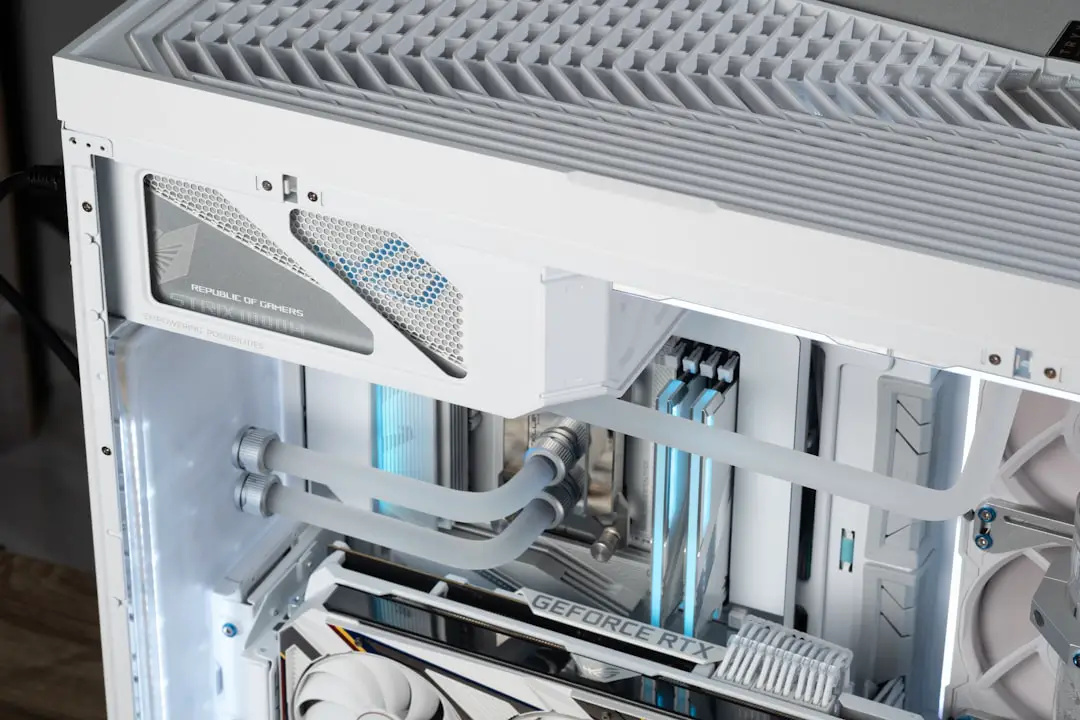In today’s fast-moving digital world, people buy things with a swipe or a tap. Online shopping is faster than ever. But with so many transactions happening every second, how do we keep them safe? The secret weapon is AI, short for Artificial Intelligence.
Let’s dive into the fun and fascinating role of AI in payment processing. We’ll explore how it catches frauds, reduces risks, and keeps our money secure. Don’t worry — we’ll keep things simple and exciting!
What Is Payment Processing?
Before we get into AI, let’s understand what payment processing is. When you buy a donut with your phone or card, there are many steps happening behind the scenes:
- Money goes from your bank to the seller’s bank
- Your details are checked for fraud
- The transaction is recorded in digital systems
All this happens in seconds! But it also creates chances for bad guys to sneak in. That’s where AI comes to the rescue.
The Superpower of AI
AI is like a superhero for online payments. It can:
- Spot things that humans might miss
- Learn from patterns over time
- Make fast decisions — really fast!
Now, let’s explore exactly how this superhero works behind the scenes.
Fraud Detection: AI as the Digital Detective
Fraud happens when someone tries to steal your money or use your card without permission. AI helps stop them by acting like a smart detective.
Imagine AI as a robot spy that watches millions of transactions every minute. It looks for clues like:
- Unusual spending habits — like buying five laptops at 3 a.m.
- New devices or strange locations
- Quick changes in how or where someone shops
Using smart algorithms, the AI raises a red flag when something seems fishy. Then, it blocks that payment or asks for extra verification.
Traditional fraud detection was slow and based on simple rules. AI is fast, flexible, and always learning. It gets better with every transaction!

Risk Management: Keeping the Odds on Your Side
Risk management is about seeing troubles before they happen. Like a weather forecast for money.
AI looks at data from all over the place. It checks how people spend, where they shop, and how safe the website is.
Then it scores the transaction. If the risk is high, it might delay or decline the payment.
Some things AI looks for:
- Is the user buying something very expensive?
- Is the buyer a new customer with no history?
- Is the bank account coming from a risky country?
Based on this, AI systems help banks and shops decide what to do next. This keeps businesses safe and customers happy.
Security: Building a Wall of Trust
Security in payments means making sure your data is protected. No one wants their card number or address falling into the wrong hands.
AI helps build a digital wall around your money. Here’s how:
- Encryption: AI helps manage encryption, scrambling your info so hackers can’t read it.
- Authentication: It checks if it’s really you using your card — using fingerprints, passwords, or face scans.
- Alert Systems: AI systems alert if anything strange pops up so action can be taken quickly.
AI even works in real-time. As soon as it sees something off, it reacts — sometimes stopping the attack before it begins!

Machine Learning: The Brain Behind the Magic
Machine Learning is the star of this show. It helps AI get better over time.
Think of it like teaching a dog new tricks. Each transaction is like a new lesson. With millions of “lessons” every day, AI becomes smarter and more accurate.
For example, if someone keeps trying to use stolen cards, AI notices the pattern. Soon it can stop fraud before it even begins.
This constant learning makes AI fast, sharp, and surprisingly good at protecting our money.
Real-Life Examples of AI in Action
Lots of big companies use AI for secure payments. Here are some cool examples:
- PayPal: Uses AI to check if a transaction looks suspicious and stop fraud in real time.
- Stripe: Uses machine learning to block unwanted transactions before they even start.
- Apple Pay and Google Pay: Use biometric data like face and fingerprint scans verified by AI.
This makes shopping safe and smooth for everyone — from the customer to the shop owner.
Why AI Is Better Than Old Methods
Before AI, fraud detection was based on fixed rules. For example: “Block if over $2,000.” But smart scammers quickly figured out how to avoid these rules.
AI is more flexible. It adapts fast.
It can say: “This is under $2,000, but it’s still fishy because it’s being sent from an unknown place at a weird time.”
That kind of thinking is what makes AI special.
The Future: What’s Next for AI and Payments?
The future looks bright and safe with the help of AI. We can expect:
- Fewer password logins: AI will use faces, voices, or even how you swipe your phone to identify you.
- Faster approvals: Buying something may soon take less than a second.
- Better fraud prevention: AI will not just react — it will predict and prevent fraud before it starts.
As AI advances, payment processing will become more secure, smooth, and almost invisible. You’ll shop, pay, and move on — without even thinking about it.
How You Can Stay Safe Too
AI is powerful, but you can help too. Here are a few tips:
- Use strong passwords
- Don’t share your PIN or card info
- Watch for odd charges and report them quickly
- Turn on alerts for purchases
You and AI make a great team in keeping your money safe!
Final Thoughts
AI may sound high-tech and complex, but it’s really here to make life easier. It watches over your payments, blocks criminals, and learns every day.
So the next time you tap to pay, remember there’s a clever little robot on your team — working silently to keep your money where it belongs!
The future is smart. The future is safe. The future is AI.
